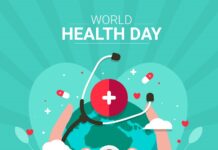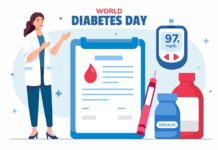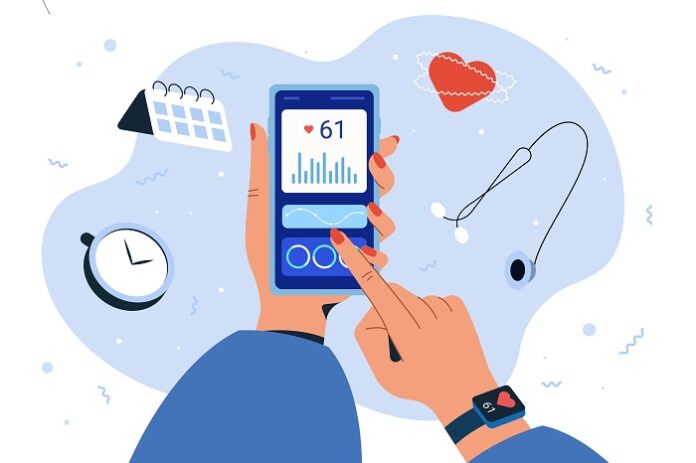Smartphones are transforming personal health management across the globe. However, when it comes to addressing heart disease—the leading cause of death in India—mobile app platforms are falling short. Despite heart disease accounting for over 28% of fatalities in the country, a recent study reveals that only a tiny share of the more than 200,000 health-related apps available in India focus on this critical issue.
The Research Behind the Gap
Researchers at Karl Landsteiner University of Health Sciences (KL Krems) conducted an extensive analysis of Apple and Google app store data. Using natural language processing and clustering techniques, they discovered a glaring underrepresentation of heart disease-related apps. Even more concerning, most of these apps lacked content in Indian languages, limiting accessibility for large segments of the population.
While most heart-related apps are free, the study found that they receive very few ratings or reviews, suggesting limited visibility and user engagement. These findings point to a significant disconnect between digital health innovation and actual public health needs in India.
mHealth Potential – Still Untapped
Mobile health (mHealth) apps hold enormous potential for bridging healthcare gaps, especially in areas with limited access to healthcare professionals. With India’s smartphone user base expected to surpass one billion, digital tools could revolutionize care delivery. Yet, until now, scientific studies have remained small-scale or narrowly focused—failing to explore heart disease-specific applications in depth.
To address this, the Division of Biomedical and Public Health Ethics at KL Krems developed a scalable and systematic method to map and analyze the true scope of health-related apps available in India.
App-solutely Surprising Findings
“We sifted through over 227,000 health-related apps, but only around 2,200 had anything to do with heart disease,” says Dr. Keerthi Dubbala, MBBS, MPH, the lead author of the study. “And even those often lacked key features like local language support, user reviews, or clear, engaging descriptions.”
As per the press release, the team categorized the apps, analyzed user engagement, assessed content quality, and evaluated technical accessibility. Their findings revealed that just 0.5% of Google Play Store apps and 1.4% of Apple App Store apps related to heart disease. More than 70% had no user ratings or reviews. While most apps were free, their large file sizes and outdated software made them impractical for use on older phones or in low-bandwidth regions—especially in rural India.
Categories and Clusters: Mapping the App Landscape
Using machine learning, researchers grouped the apps into three primary categories: clinical (focused on treatment and monitoring), fitness and lifestyle (including diet and exercise), and sleep and wellness (such as meditation and stress relief). While the majority fell into the clinical category, these apps also showed the lowest user engagement, shortest descriptions, and smallest file sizes.
“Even the apps that are most relevant in terms of content struggle to actually reach and help people,” Dubbala explains. She attributes this to poor design, visibility issues, and a lack of user-centered features.
A Call for Better Digital Health Tools
“In a time when chronic illnesses are on the rise and digital health is gaining momentum, this study sends a clear signal,” says Giovanni Rubeis, senior author of the study and former head of the Division at KL Krems. Now based at the University of Greifswald in Germany, he emphasizes that health apps need to be accessible, intuitive, and effective. “It’s not enough to simply have apps—they need to be easy to find, easy to use, and genuinely helpful.”
The team’s methodology offers developers, researchers, and policymakers a roadmap for evaluating the mHealth ecosystem and addressing critical gaps. For India and other countries facing similar healthcare challenges, this framework could be a game changer.
Unlocking the Future of Heart Health
As India’s smartphone penetration grows, so too does the opportunity to harness digital tools for better health outcomes. However, this study reveals that significant gaps remain—particularly in heart disease-related apps. By prioritizing local language support, improving app visibility, and aligning design with user needs, developers and health systems can bridge the digital divide and deliver more meaningful health interventions.
In short, India’s digital health revolution has the tools. Now, it needs the focus.
























